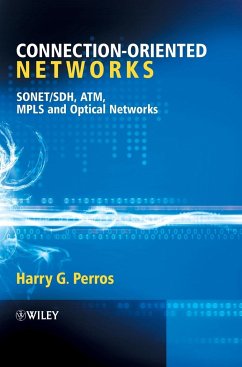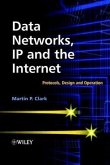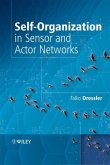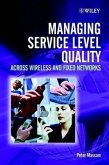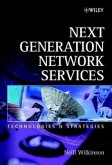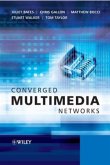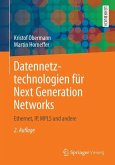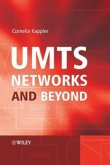A thorough knowledge of modern connection-oriented networks is essential to understanding the current and near-future state of networking.
This book provides a complete overview of connection-oriented networks, discussing both packet-switched and circuit-switched networks, which, though seemingly different, share common networking principles. It details the history and development of such networks, and defines their terminology and architecture, before progressing to aspects such as signaling and standards. There is inclusive coverage of SONET/SDH, ATM networks, Multi-Protocol Label Switching (MPLS), optical networks, access networks and voice over ATM and MPLS.
Connection-oriented Networks:
_ Provides in-depth, systematic coverage of several connection-oriented networks in a single volume
_ Explains topics such as the Generic Framing Procedure, Label Distribution Protocols, Wavelength Routing Optical Networks, Optical Burst Switching, and Access Networks in detail
_ Illustrates all concepts with problems and simulation projects to test and deepen your understanding
_ Includes an accompanying website with solutions manual and complete set of PowerPoint presentations for each chapter
Senior undergraduate and graduate students in telecommunication and networking courses, as well as networking engineers, will find this comprehensive guide to connection-oriented packet-switched and circuit-switched networks useful for their training. The book presents tried and tested material based on an existing, successful course.
Hinweis: Dieser Artikel kann nur an eine deutsche Lieferadresse ausgeliefert werden.
This book provides a complete overview of connection-oriented networks, discussing both packet-switched and circuit-switched networks, which, though seemingly different, share common networking principles. It details the history and development of such networks, and defines their terminology and architecture, before progressing to aspects such as signaling and standards. There is inclusive coverage of SONET/SDH, ATM networks, Multi-Protocol Label Switching (MPLS), optical networks, access networks and voice over ATM and MPLS.
Connection-oriented Networks:
_ Provides in-depth, systematic coverage of several connection-oriented networks in a single volume
_ Explains topics such as the Generic Framing Procedure, Label Distribution Protocols, Wavelength Routing Optical Networks, Optical Burst Switching, and Access Networks in detail
_ Illustrates all concepts with problems and simulation projects to test and deepen your understanding
_ Includes an accompanying website with solutions manual and complete set of PowerPoint presentations for each chapter
Senior undergraduate and graduate students in telecommunication and networking courses, as well as networking engineers, will find this comprehensive guide to connection-oriented packet-switched and circuit-switched networks useful for their training. The book presents tried and tested material based on an existing, successful course.
Hinweis: Dieser Artikel kann nur an eine deutsche Lieferadresse ausgeliefert werden.

